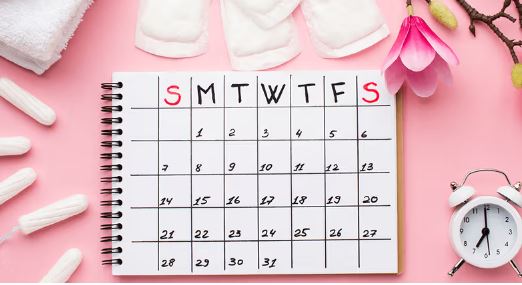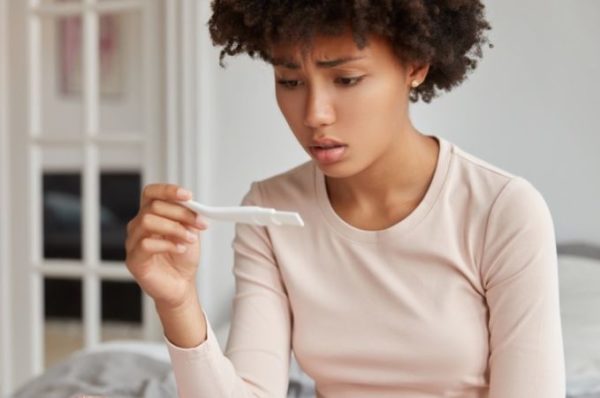Lifestyle
6 signs that tell when you’re fertile each month

Sign #2: Increase in sex drive
Yes, your body itself tells you it’s the right time to make a baby! When you are fertile and around your date of ovulation, your hormones such as estrogen will go up and increase your sex drive, also known as libido. According to research, this phase of increased sexual desire lasts for around six days. It is also believed that in phase, you will feel sexier and your partner will be more attracted towards you.
Sign #3: Breast tenderness
You may experience that your breasts feel tender, sore, achy or heavier during a certain time every month. This could be an indication that you are around your ovulation cycle. During your ovulation window, your estrogen and luteinizing hormone levels are higher and the estrogen may stimulate the breast tissues, leading to discomfort or pain in the breasts. Even after ovulation ends, estrogen drops and progesterone rises, which can trigger breast pain or nipple soreness.
Sign #4: Change in cervical position
The cervix is at the top portion of the vagina and tends to change throughout your menstrual cycle. When you’re close to ovulation, your cervix will become higher, softer and more open. After ovulation ends, cervix position becomes low, and the cervix will be more firm, drier, and closed. You can check your cervix position at home, preferably after a bath or shower. With some practice, you’ll be able to identify the changes before and after ovulation.
Ovulation predictor kits are urine test strips which can help you detect impending ovulation. If the test is positive, it means there is more luteinizing hormone (LH) production in the body. This hormone triggers the release of the egg from the ovary. There are a variety of ovulation predictor kits available, which you can buy from a pharmacy or online. The downside is that these may not work well for people with PCOS, and the results may not always be accurate.









